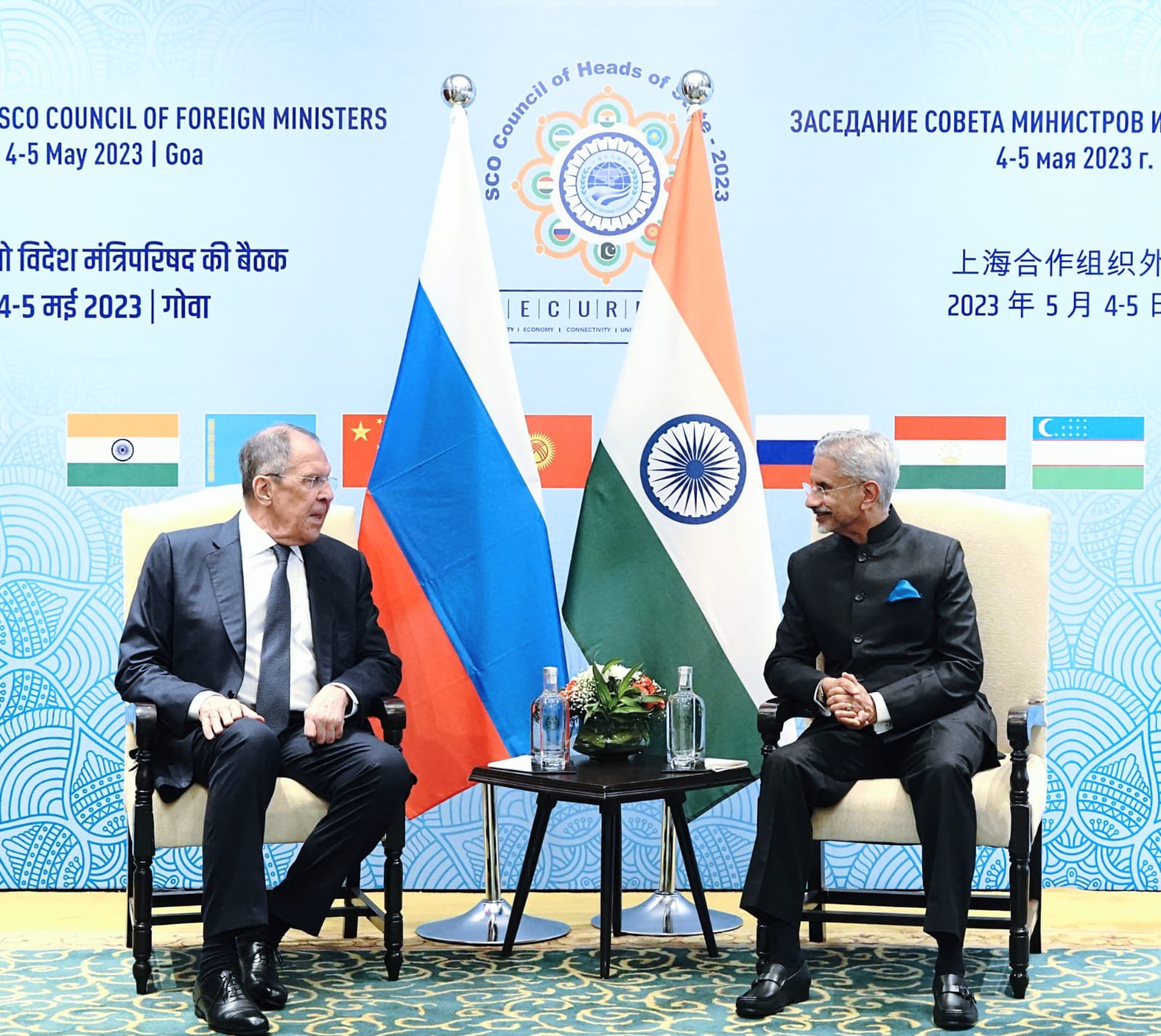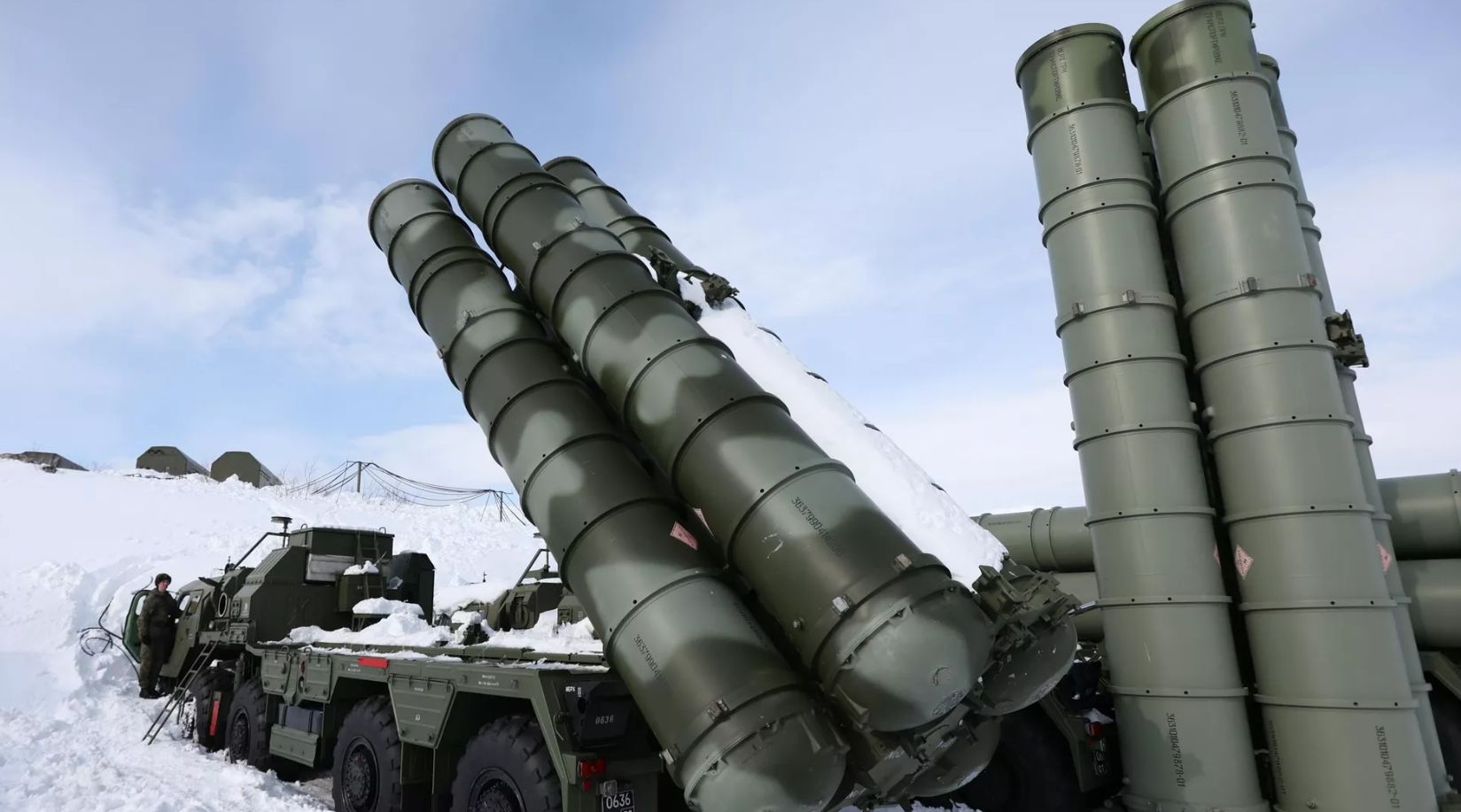Vijainder K Thakur
Russian foreign minister Sergei Lavrov, while answering a reporter’s question during his press conference in Goa on Friday, May 5, 2023, bluntly implied that in its dealings with Russia, India wants to eat the cake and have it too.
India, which has been lapping up cheap Russian oil for domestic consumption as well as export as refined commodities, hasn’t been compensating Russia for its oil imports.
Lavrov pointed out that Russia has accumulated billions of rupees in Indian banks that Russia cannot use.
“This is a problem. We need to use this money. But for this, Rupees must be converted to another currency, and this is now being discussed.”
India and Russia have been exploring options for settling their trade in rupees or rubles since the start of the Russian Special Operation (SMO) in Ukraine in February 2022, but they have made little headway even after more than a year.
Trade Imbalance Between India & Russia
The problem is – India’s imports from Russia far exceed its exports. As a result, Indian rupee payments to Russian bank Vostro accounts in Indian banks are of no use to Russia.
The obvious solution is for India to step up its exports to Russia. Unfortunately, Indian exports are severely constrained by the lackluster quality of Indian goods. Also, Russia is a resource-rich country, so India doesn’t have the option to export commodities to Russia.
India could pay the accumulated billions of rupees to Russia by converting them to a currency like the Chinese Yuan, however, that would entail bearing the cost of conversion. China’s massive trade surplus with India makes the rupee particularly weak against the Yuan.
Suspension of Rupee-Rouble Trade
According to Reuters, rupee-rouble trade between India and Russia has now been suspended. The suspension will likely restrict, if not end, the import of cheap Russian oil since the start of the Ukraine war.
The Imperative To Increase Exports
Nations become economic powerhouses by increasing their exports. To do so, they need to manufacture quality goods in demand across the world.
For example, Russia has the ability to make for itself just about everything that it needs, but that doesn’t make Russia an economic powerhouse. Russian exports are also constrained by quality when compared to goods manufactured by China, Japan, and many European countries.
Russia’s pivot towards Asia is a historic opportunity for the Indian private sector to increase exports to Russia. Our response to the crisis in Ukraine so far has been akin to a trader’s response, not the response of an entrepreneur. India can easily carve a niche for itself with the export of consumer goods to Russia. Indian and Russian Foreign Ministers. Via @DrSJaishankar
Indian and Russian Foreign Ministers. Via @DrSJaishankar
 Indian and Russian Foreign Ministers. Via @DrSJaishankar
Indian and Russian Foreign Ministers. Via @DrSJaishankarImpact On Defence Relationship
India’s deep-rooted defense relationship with Russia, which has stood India in good stead for decades, has been threatened for some years now by US CAATSA sanctions. The suspension of Rupee trade with Russia will seriously impact India’s defense capability, possibly at a time when India can least afford enfeeblement.
It’s likely that Russia held back the supply of an additional two S-400 regiments to India earlier because of India’s inability to compensate Moscow. Russia could continue to supply oil to India because Russia has surplus oil, but it couldn’t continue supplying S-400 because it doesn’t have surplus S-400 regiments. Not now, at least, when it’s fighting a war.
Willing Make-In-India Partner
Russia has expressed its enthusiasm for participating in Make-in-India defense projects through industry-to-industry collaboration.
India’s defense minister Rajnath Singh held a bilateral meeting with the Minister of Defence of Russia, Army General Sergei K Shoigu, on the sidelines of the Shanghai Cooperation Organisation (SCO) Defence Ministers’ meeting in New Delhi on April 28, 2023.
The two Ministers discussed wide-ranging issues of bilateral defense cooperation, including military-to-military ties as well as industrial partnership. They expressed satisfaction over the continued trust and mutual respect between the two countries, particularly in defense, and reiterated their commitment to strengthening the partnership.
Wary of US CAATSA sanctions, India is seeking joint venture development and local manufacture of weapon systems from Russia, and Russia has been forthcoming. File Image: S-400
File Image: S-400
 File Image: S-400
File Image: S-400India and Russia have discussed technical collaboration for local production of S-400 systems in India. In September 2019, Russia’s state corporation Rostec CEO, Sergey Chemezov, said that both India and Russia are currently in talks to launch a local S-400 production line in India.
“Yes, we are discussing the localization [of S-400 production] with India as well”, Chemezov reportedly told Russia’s RBK TV.
Russia is participating in the competitive bid for the local manufacture of P-75I submarines in India. Russia is ready to transfer its Amur 1650 submarine technology to India, and it’s ready to collaborate with the DRDO in fitting the submarine with an AIP system
Russia is ready to provide technology for India’s new tanks. The Russian Federal Service of Military-Technical Cooperation (FSVTS) said that Moscow can share its advanced Armata modular tracked platform with India. Vladimir Drozhzhov, the deputy director of FSVTS, told Russian media that Moscow is keen on jointly developing India’s main battle tank with modern Russian technology.
Other JV development offers from Russia include the Su-75 Checkmate stealth fighter.
Disconcerting Lack Of Urgency On The Part Of India
The lack of urgency on the part of our negotiators to work out a trade mechanism is disconcerting. As Lavrov said, Russia, which is fighting a war, needs to use the money that India owes to Russia. As a strategic partner with special privileges, you would expect India to be sensitive to Russia’s concerns.
It will indeed be deeply ironic if Indian tardiness (Or perhaps Western pressures?) derail a deep-rooted mutually beneficial relationship that has stood the test of time.
The indirect impact of the derailing – Russia would likely be forced to lean more heavily on China – could have a more ominous negative impact on India’s long-term security.
Cost Competitiveness of Russian Weapons
There is a good reason why India continues to seek Russian defense technology despite its access to Western arms manufacturers in Israel, France, the UK, and the US; Russian defense technology is more cost-effective than Western technology in certain areas, such as submarines, hypersonics, and armor.
India has been a good market for Russian defense OEMs. However, if Russian defense OEMs are unable to operate in India, the loss will be India’s more than Russia’s. Russian OEMs will easily find alternative markets – in the Middle East, South America, and Africa – as this world inexorably moves towards multipolarity.
India, on the other hand, would slip from being a regional power to being a regional US vassal.
No comments:
Post a Comment